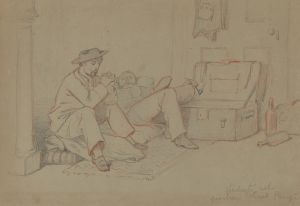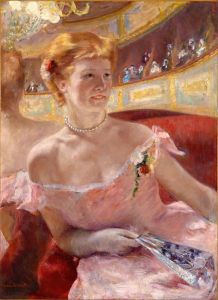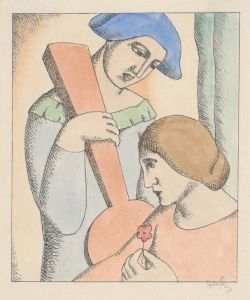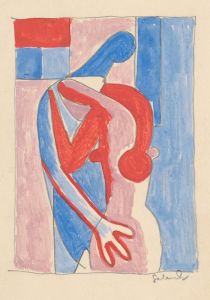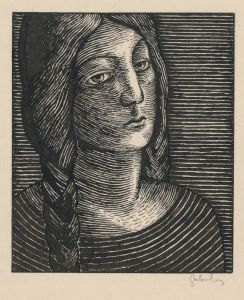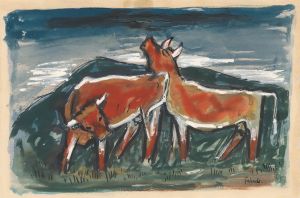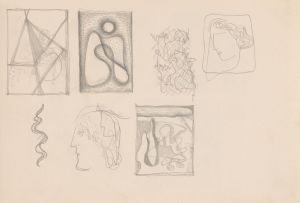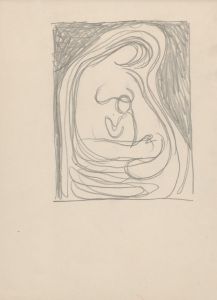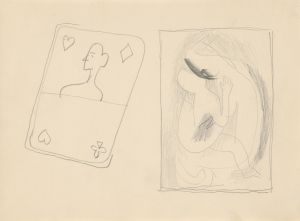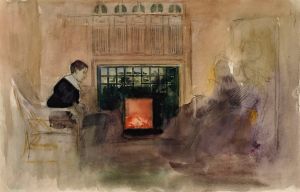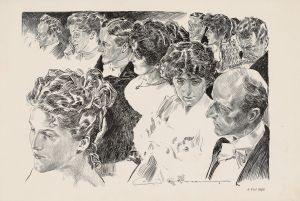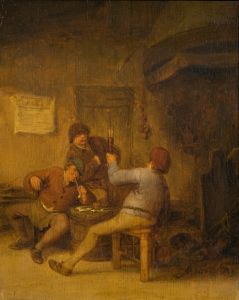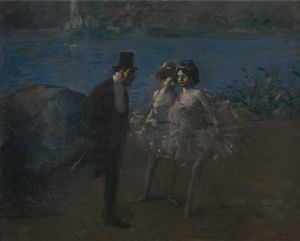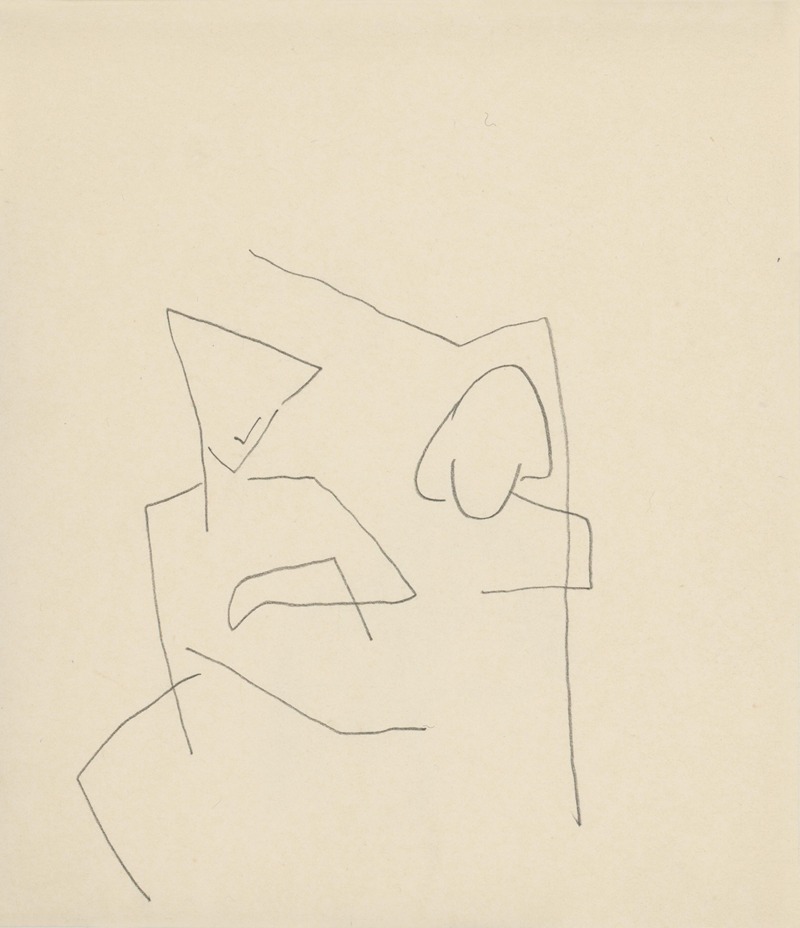
Z krčmy
A hand-painted replica of Mikuláš Galanda’s masterpiece Z krčmy, meticulously crafted by professional artists to capture the true essence of the original. Each piece is created with museum-quality canvas and rare mineral pigments, carefully painted by experienced artists with delicate brushstrokes and rich, layered colors to perfectly recreate the texture of the original artwork. Unlike machine-printed reproductions, this hand-painted version brings the painting to life, infused with the artist’s emotions and skill in every stroke. Whether for personal collection or home decoration, it instantly elevates the artistic atmosphere of any space.
Mikuláš Galanda was a prominent Slovak painter and illustrator, known for his significant contributions to modern Slovak art in the early 20th century. Born on May 4, 1895, in Turčianske Teplice, then part of the Austro-Hungarian Empire, Galanda became one of the leading figures in the Slovak avant-garde movement. His work is characterized by a unique blend of modernist styles, including elements of cubism, expressionism, and folk art, which he used to explore themes of Slovak identity and culture.
One of Galanda's notable works is "Z krčmy" (translated as "From the Tavern"), which exemplifies his distinctive style and thematic focus. This painting is part of his broader oeuvre that often depicted scenes from everyday life, capturing the essence of Slovak rural and urban environments. Galanda's work frequently reflects his interest in the social and cultural dynamics of his time, and "Z krčmy" is no exception.
"Z krčmy" portrays a scene from a tavern, a common social setting in Slovak culture where people gather to drink, converse, and share stories. Galanda's depiction of this environment is marked by his use of bold colors and dynamic compositions, which convey the lively and convivial atmosphere of the tavern. The figures in the painting are rendered with a certain abstraction, a hallmark of Galanda's style, allowing him to focus on the emotional and social interactions rather than precise realism.
The painting is also notable for its incorporation of Slovak folk elements, which Galanda often used to assert a national identity within his modernist framework. This approach was part of a broader trend among Slovak artists of the time, who sought to create a distinct national art that could stand alongside the dominant European movements. By integrating traditional motifs and settings into his work, Galanda contributed to the development of a uniquely Slovak modernism.
Throughout his career, Galanda was an active participant in the Slovak art scene, contributing to various exhibitions and publications. He was a member of the "Generation of 1909," a group of Slovak artists who were instrumental in introducing modernist ideas to Slovakia. His work was not only influential in the art world but also played a role in the cultural and political discourse of the time, as Slovakia sought greater autonomy and cultural recognition within the Austro-Hungarian Empire and later Czechoslovakia.
Mikuláš Galanda's legacy is preserved in numerous Slovak galleries and collections, where his paintings continue to be celebrated for their innovative style and cultural significance. "Z krčmy," like many of his works, remains an important piece in understanding the evolution of Slovak art and its intersection with broader European artistic movements. Galanda passed away on June 5, 1938, but his contributions to Slovak art continue to be recognized and appreciated to this day.





